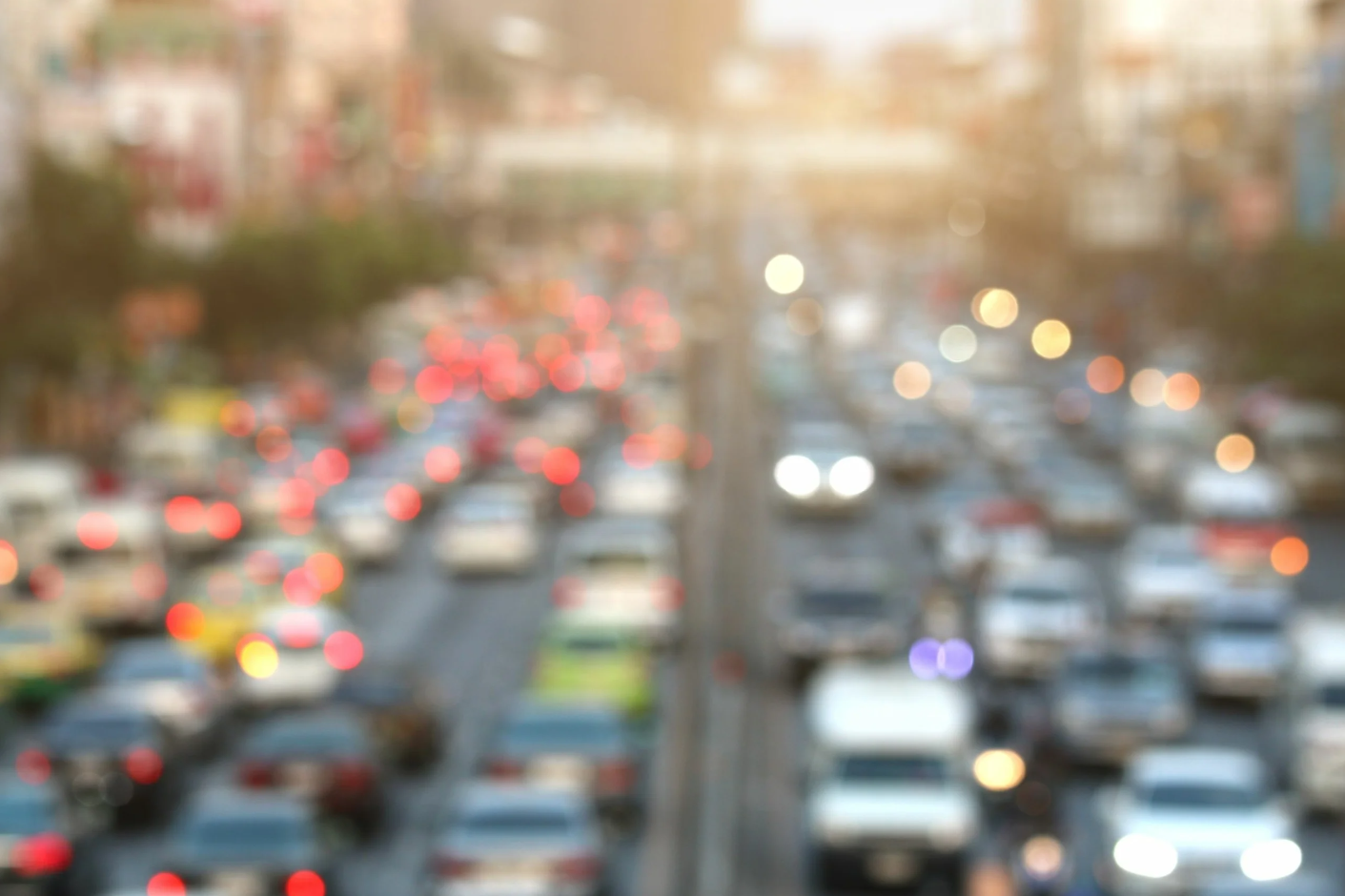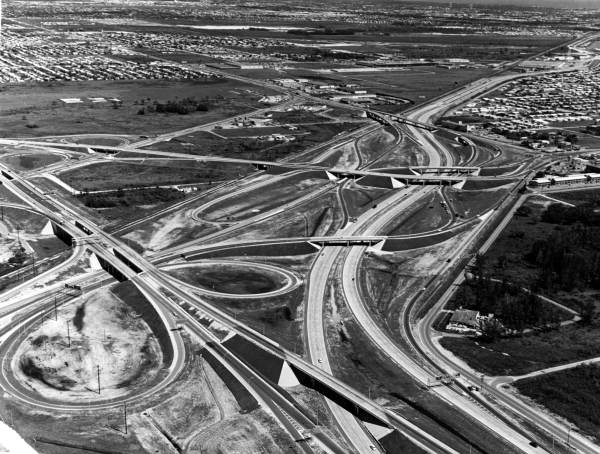Physical Address
304 North Cardinal St.
Dorchester Center, MA 02124
Physical Address
304 North Cardinal St.
Dorchester Center, MA 02124

Autonomous vehicles will cause a congestion apocalypse on downtown streets unless we price their use of the roads.

Surprise!! I’ve had the intent to wrap-up the Rothbard The Urbanist series for a long time, and it’s been sitting on my todo list for over 6 years. I want to thank Jeffrey Tucker, then at mises.org, and now at FEE.org and liberty.me for enthusiastically granting permission to reprint excerpts from For A New Liberty. Murray Rothbard’s 1973 classic can be downloaded free from Mises.org as pdf, and audio book read by Jeff Riggenbach. This chapter is also discussed by Bryan Caplan as part of an econlog book club series on For A New Liberty. It’s been a while, so you may want to catch up on the first six posts: Rothbard the Urbanist Part 1: Public Education’s Role in Sprawl and Exclusion Rothbard the Urbanist Part 2: Safe Streets Rothbard the Urbanist Part 3: Prevention of Blockades Rothbard the Urbanist Part 4: Policing Rothbard the Urbanist Part 5: Diversity and Discrimination Rothbard The Urbanist Part 6: Traffic Control We pick up in the heart of chapter 11: “The Public Sector, II: Streets and Roads” to expand on a subject core to Market Urbanism: the pricing of highways, and the consequences of a system where politics, special interests, and top-down planning have incarnated a dysfunctional system severely disconnected with bottom-up pricing signals necessary to be sustainable. Tragically, Rothbard’s insights on these subjects have been mostly neglected for over 30 years, while apologists for sprawl and automobile dominance have nearly monopolized the conversation among free-market advocates. We begin the section with Professor Rothbard’s acknowledgement of what sprawl apologists turn a blind eye to, yet urbanists on the left are keenly aware. Government intervention, fueled by special interests and old-fashioned progressive ideology, massively subsidized the highway system and crowded-out otherwise viable railroads. As a result, we have an overbuilt highway system, urban neighborhoods were eviscerated, suburbs spread far-and-wide, privately […]
[flickr: darren bryden] Congestion pricing schemes, touted as environmentally-responsible at the time of $4 gas, were defeated in New York City last Spring. However, as the market turmoil threatens to wreak havoc on tax revenues, fiscal necessity has lured New York State and New York City politicians to re-examine the political viability of charging tolls to drivers entering Manhattan. The NY Times City Room blog discusses the history of tolling on New York City’s East River bridges, but much of that history features plans to reinstate tolling and the popular resistance to those plans. How East River Bridges Stayed Toll-Free: On numerous occasions, politicians have tried to reinstitute tolls on the four bridges — the Brooklyn (completed in 1883), Williamsburg (completed in 1903) and Manhattan and Queensboro (both completed in 1909). After all, the Brooklyn Bridge charged horse-drawn carriages a toll from the time it opened. But by the Depression, the tolls were a thing of the past. The history shows that officials have failed again and again to revive tolls on the four bridges. (Other major crossings, including the bridges run by the Metropolitan Transportation Authority and the Port Authority of New York and New Jersey, already charge tolls.) Tolling being “the third rail of of New York City politics”, it will be hard enough to institute in the face of voter sympathy for road socialism. So, we shouldn’t hold our breath for the ideal solution, full privatization of the bridges and transit, but tolling may be a step in the market direction. Or is it?? Is tolling just away for politicians to let themselves off the hook for their irresponsibility, and will just result in another new tax? Or can we hope it will soften the resistance to market-based solutions. [thanks to loyal Market Urbanism reader, Benjamin Hemric […]
No doubt, mass production of the automobile is one of the greatest innovations of all times. It has allowed for increased mobility of goods and people, which has greatly improved productivity and leisure. But, is subsidizing mobility at the expense of taxpayers taking things too far? In various blogs and forums, I frequently come across the argument that the costs of automobile use are fully (or mostly) internalized through gas taxes and fees. Often, this argument is used by free-market impostors against transit subsidies, or by automobile enthusiasts in defense of highway socialism. The usual argument is that the costs of roads and infrastructure are paid through gas taxes, and thus the users of the roads are funding what they use. This is a powerful and pervasive myth that will continue to distort the truth, unless serious scrutiny is given to the assertion. Let us first examine the validity of the assertion through studies of the explicit costs (actual dollars) of roads in the US and the taxes and fees collected. Next, we will look deeper and discuss the implicit costs (ie opportunity costs) of roads and automobile use as well as acknowledge externalities involved with automobile use. The Explicit Costs We can see the extent of the Urbanism Legend by looking at wikipedia: Virtually 100 percent of the construction and maintenance costs are funded through user fees, primarily fuel taxes, collected by states and the federal government, and tolls collected on toll roads and bridges.[citation needed] (The claim that only 56 percent of costs are funded by user fees is based on the misinterpretation of a table that applies to all highways, roads, and streets, not just the Interstate Highways.[citation needed]) In the eastern United States, large sections of some Interstate highways planned or built prior to 1956 are […]
Today, I was listening to CATO’s Daily Podcast about transportation with Samuel Staley of the Reason Foundation. I started listening to him talk about the best ways to plan highway systems and said to myself, “Oh boy, here we go again another so-called “free-market” person talking about how the government can ‘pave our way out of congestion’.” “We’ve got the space, and we’ve got the land, and we’ve got the wealth” to pave away congestion. That’s a very collective “we” for a supposed free-market person to use. But, after about 5 minutes of that, he goes into how we now have the technology to privatize highway use and are 15 years away from the technology to privatize even local roads. Now we’re talking. We need to actually begin to tie those traditional market mechanism to the products that are being developed and implemented at the local level, and that’s something we’ve never been able to achieve before. It’s an exciting time for transportation policy. If, transaction costs are no longer the obstacle to privatization, society needs to start shattering these bureaucracies and selling the roads to the private sector. I think the biggest hurdles to privatization are peoples’ perception/biases and politics. People never paid for roads before, so it’ll take effort to convince them it is not as free as the air we breath… download mp3
I favor Bob Poole’s solution: “The longer-term solution is to scrap the 20th-century tax-and-grant system in favor of universal tolling, managed by each state’s Department of Transportation and private toll companies.” Furthermore, get the federal government out of the business of subsidizing highways altogether and allow the states to privatize them. It would shift the cost closer to home and drastically reduce pork. More: Greg Mankiw’s Blog: Bad News for the Pigou Club
Drew Carey discusses private alternatives to socialized highways that promote sprawl.